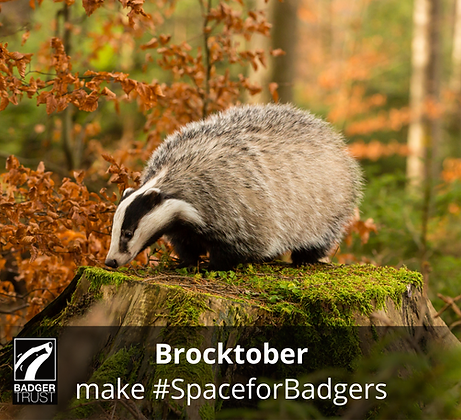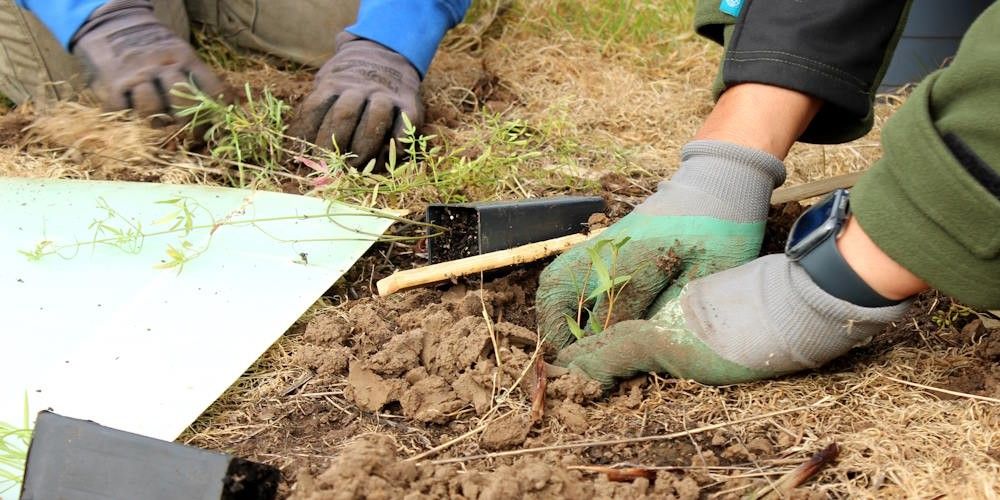Saving Wildcats in Scotland
Posted on
Give Scottish wildcats a paw up…and help save the Highland Tiger
Wildcats were once widespread in Scotland and sad to say, they are now on the brink of extinction there. The population is viable no longer.
Why have their numbers reduced so much?
- Habitat loss
- Persecution
- Breeding with domestic cats
- Disease
So we need to take action and POUNCE TO HELP before things get even worse.
Saving Wildcats (#SWAforLife) is a project which is dedicated to the conservation and recovery of Scottish wildcats.
And the project aims to:
- Establish the first large-scale dedicated conservation ‘breeding for release’ centre for wildcats, bringing wildcat experts together with a dedicated veterinary unit and a specialised pre-release training programme so that the cats can hep develop the life skills they need for a wild life.
- Grow the population of wildcats through releasing wildcats into the wild – the aim is 20 a year, potentially within the Cairngorms National Park. They’ll all wear a special GPS collar so that both movement and behaviour can be recorded
- Remove threats facing wildcats in the Highlands, thereby creating other safe areas where wildcats can be reintroduced
- Work with local communities to work out how best people can benefit from the presence of wildcats
Take a look at the Independent's You Tube Channel report when Scottish wildcats were released into the wild!
This is an exciting project. And there are a number of ways in which you can get involved and help save the Highland Tiger!
Ways to help the Scottish wildcat
You could sponsor a Scottish wildcat such as Cranachan
Find out more here
Image copyright Saving Wildcats
- Sponsor a wildcat from £5 a month – this could be the purrfect gift for a cat lover!
- Donate, as a one off or monthly
- Raise funds through Just Giving
- Subscribe to the Scottish Wildcats mailing list so that you can hear all the news and discover how you can help
- Donate straight to the wildcats in the conservation ‘breeding for release’ centre through the Amazon wishlist
- Help classify wildlife in images taken with camera traps (find out more about that here)
- Become a Co-op member and contribute towards the project as you spend instore!
Here's how to identify a wildcat - if you think you've seen one, you can report your sighting. This is the case for wildcats you see that are alive, or who have sadly died.
Saving Wildcats has been shortlisted for the Great British Wildlife Restoration competition, organised by BIAZA (British and Irish Association of Zoos and Aquariums). This is a one-off award scheme which recognises the amazing work being done to restore native species.
A number of organisations and businesses are involved Saving Wildcats, so good luck to everyone involved, especially the wildcats themselves!
#SWAforLIFE
Visit Saving Wildcats on You Tube
Saving Wildcats is supported by the LIFE programme of the European Union. It is led by the Royal Zoological Society of Scotland (RZSS) in collaboration with NatureScot, Forestry and Land Scotland (FLS), The Cairngorms National Park Authority (CNPA), Norden’s Ark, Consejería de Sostenibilidad and Medio Ambiente y Economía Azul de la Junta de Andalucía. Releases are conducted by Cairngorms Connect.

